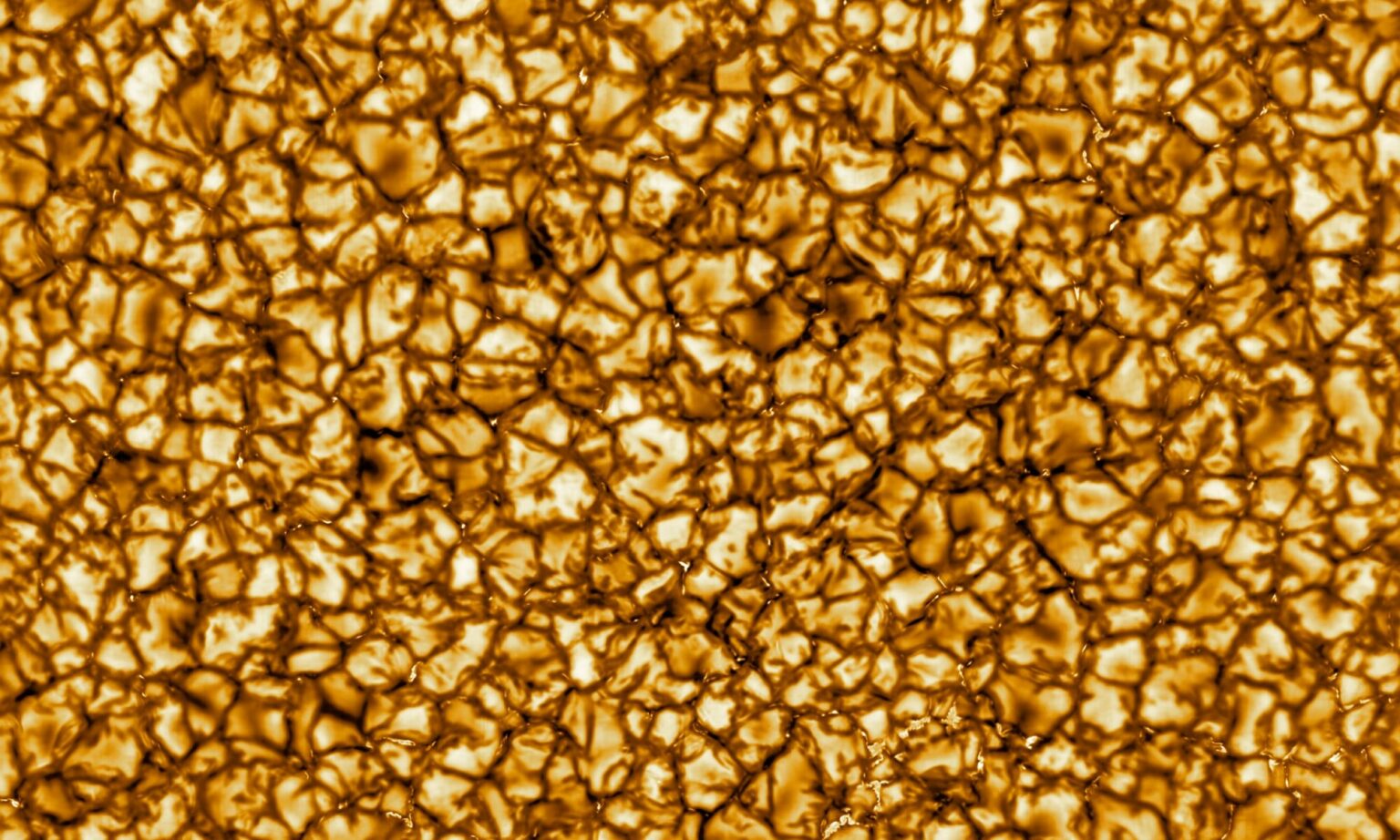The new calculations made it possible to get rid of disputes between the two models of what the inner structure of the Sun is. One was created on the basis of spectroscopy, and the other on the basis of high–frequency pulsations.

The Sun: Disputes in models
Researchers have published new refined calculations of how energy is transferred in the upper layers of the Sun. This news might not be interesting to anyone except narrow specialists, but it allows us to solve an old riddle about the internal structure of our luminary.
To date, there are two models that are very similar in general, but different in details, combining the chemical composition of the upper layers of the Sun and its internal structure. One of them is based on spectroscopy, thanks to which we know exactly what our luminary consists of. Based on these data, scientists reconstruct its internal structure, of which the convective layer is a part.
In this layer, the hotter masses rise from the depths of the Sun to its surface, and the colder ones fall down. However, this process leads to high-frequency pulsations of the surface of the luminary and its magnetosphere. And we can determine these fluctuations with millisecond accuracy.
The problem is that the model of the Sun, built on the basis of pulsation measurements, also contains a convective layer. But it should be much thicker than the model built on the basis of spectroscopy.
The worst thing is that if the convective layer of the Sun is really so thick, then the chemical composition of its surface should be different. In particular, there should be significantly more oxygen, silicon and neon on it than the spectrograms show. The inconsistency in the results of two completely reliable methods is very worrying to scientists and the research carried out, for example, by Solar Orbiter has not yet solved this problem in any way.
Local Thermodynamic Equilibrium
In the study published in Astronomy & Astrophysics, attention is paid to calculations that are not based on the existence of a local thermodynamic equilibrium (LTE) on the surface of the Sun. The fact is that the thickness of the lines in the spectrum, which characterizes the presence of certain chemical elements, strongly depends on the temperature of the radiation source.

Until now, researchers have assumed that the temperature equalizes on each part of the Sun’s surface, that is, a local thermodynamic equilibrium is achieved. This was a fair assumption based on observations of gases on Earth. In addition, this assumption greatly simplified the calculations.
Back in the 1960s, scientists realized that the environment on the Sun was too rarefied for LTE to be established in it. But the calculations, which do not contain it, were too complicated and it was not possible to get a complete picture from them.
New decision has unexpected consequences
In a new study, we finally had to create a complete picture of the radiation of the Sun’s surface, which does not include LTE. The new model takes into account the atoms of all the elements that influence the evolution of stars and how each of them emits energy independently of the others. Convection models based on magnetic field pulsation studies were also taken into account.
When the calculations were applied to the observed spectra, it turned out that now there were more heavy elements in the composition of the Sun and their content finally coincided with that assumed by observations of pulsations. The dispute was finally resolved.
It should be noted that, according to the new model, there are still very few atoms of heavy elements in the Sun. They turned out to be only 15-25 percent more than was thought, despite the fact that scientists were sure that only 1 out of 1000 atoms on the surface of our star is heavier than helium.
But even this result can have big consequences. After all, until now, the spectrum of the Sun has acted as a reference for determining the chemical composition of other stars. This means that we have so far defined it a little incorrectly and, as a result, their internal structure was reproduced incorrectly.
According to phys.org
Follow us on Twitter to get the most interesting space news in time
https://twitter.com/ust_magazine
